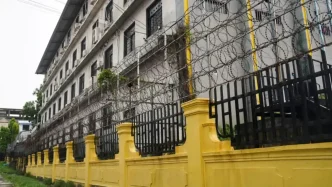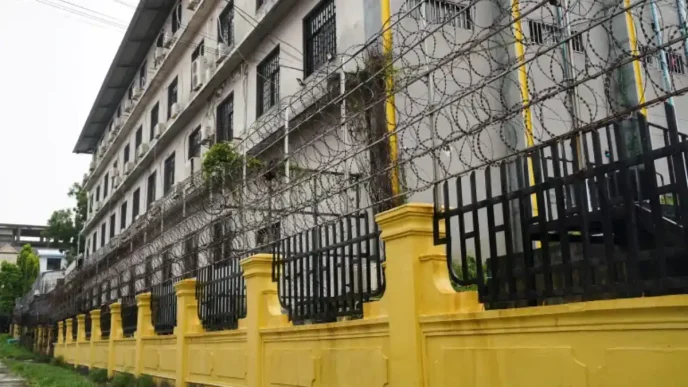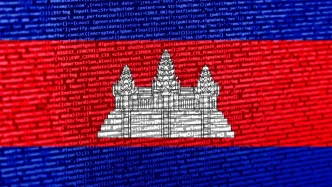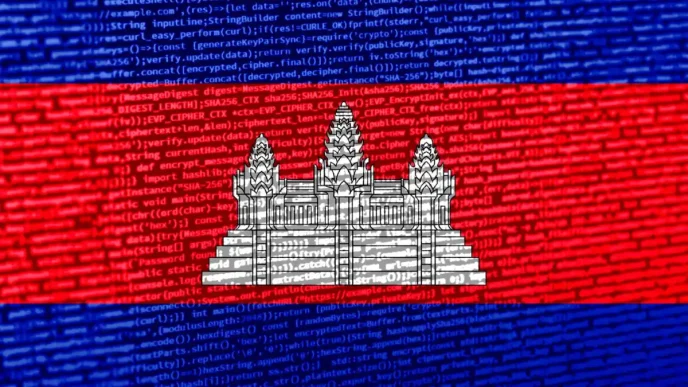As spring unfurls across Vietnam, the nation comes alive with a tapestry of festivals that celebrate its rich cultural heritage. From the bustling streets of Ho Chi Minh City to the historic communes of the Red River Delta, these events—many recognised as national intangible cultural heritage—offer a glimpse into Vietnam’s deep-rooted traditions, communal spirit, and historical narratives. Over the first week of February 2025, thousands of locals and visitors alike participated in rituals, performances, and folk games, praying for peace, prosperity, and a bountiful year ahead.
Among the most prominent celebrations are the Khai Hạ-Cầu An Festival in Ho Chi Minh City, the Âu Cơ Temple Festival in Phú Thọ, the Tịch Điền Ploughing Festival in Hà Nam, the Viềng Market Festival in Nam Định, and the Hai Bà Trưng Festival in Hanoi. Each event, steeped in history and symbolism, reflects the diverse cultural fabric of Vietnam while uniting communities in shared hope for the Lunar New Year.
Khai Hạ-Cầu An: Honouring a Nguyễn Dynasty Legacy
In Ho Chi Minh City, the Khai Hạ-Cầu An (Praying for Peace) Festival commenced on 4 February at the Tomb of Lê Văn Duyệt, a revered mandarin of the Nguyễn dynasty (1764-1832). Lê Văn Duyệt, who served as Governor of Gia Định—the historical name for the region encompassing modern-day Ho Chi Minh City—played a pivotal role in the economic and military development of southern Vietnam. His governance brought stability and prosperity to the area, a legacy commemorated through this annual festival.
The event, which draws thousands from across the southern provinces, features courtly rituals reminiscent of the Nguyễn dynasty. A central rite involves carrying offerings to Lê Văn Duyệt’s tomb, symbolising gratitude and prayers for peace and professional success. For many attendees, particularly business owners, the festival is an opportunity to seek blessings for a flourishing year. The vibrant atmosphere, filled with traditional ceremonies and communal gatherings, underscores the enduring importance of cultural heritage in Vietnam’s urban heart.
Âu Cơ Temple Festival: Celebrating Vietnam’s Mythical Mother
On the same day, in the northern province of Phú Thọ, the Âu Cơ Temple Festival marked the beginning of spring festivities in the region often considered the cradle of Vietnamese civilisation. Held in Hiền Lương Commune, Hạ Hòa District, the festival honours Âu Cơ, the legendary mother of the Vietnamese people, credited in folklore with giving birth to the nation’s first kings.
The festival opened with a solemn worship ritual at the local communal house, followed by a palanquin procession carrying offerings to the Âu Cơ Temple. Traditional prayers for peace, favourable weather, and prosperity echoed through the gathering, as participants sought blessings for their families and communities. Recognised as a national intangible cultural heritage, the event not only preserves ancient customs but also reinforces a collective sense of identity and continuity among Vietnamese people.
Tịch Điền Festival: A Royal Tradition of Agriculture
Further south in the Red River Delta province of Hà Nam, the Tịch Điền (Ploughing) Festival revived a centuries-old tradition dating back to 987 under King Lê Đại Hành of the Lê dynasty. Held in Đọi Sơn Commune, Duy Tiên District, the festival centres on rituals to honour the God of Agriculture, praying for bumper harvests and prosperity.
A highlight of the event is the procession of a massive drum and the ancestral tablet of King Lê Đại Hành from Long Đọi Sơn Pagoda to the foot of Đọi Mountain, where it joins other village processions. A respected elderly farmer, 75-year-old Nguyễn Ngọc An, assumed the symbolic role of the king, leading prayers to ancestors and gods before ploughing the field. Crowds followed, tossing green peas, peanuts, and rice seeds in a gesture of hope for a fruitful season. The festival also featured folk games, buffalo decorating contests, and agricultural exhibitions, drawing countless visitors to celebrate Vietnam’s agrarian roots.
Viềng Market Festival: Trading Luck and Fortune
In Nam Định Province, the Viềng Market Festival offered a unique blend of commerce and spirituality. Known for its ethos of “buying luck, selling away misfortune,” the market sees buyers and sellers engage in transactions without haggling or profit-seeking. Items ranging from farming tools to potted plants are purchased as tokens of good fortune for the New Year, embodying hopes for success and happiness.
Beyond its symbolic trade, the festival captivated attendees with performances of hát văn (spiritual singing) and hát chèo (traditional opera), both recognised as intangible cultural heritages of Nam Định. These artistic expressions, woven into the market’s lively atmosphere, highlight the region’s commitment to preserving its cultural legacy while fostering a sense of communal joy.
Hai Bà Trưng Festival: Commemorating Heroic Resistance
In Hanoi’s Mê Linh District, the Hai Bà Trưng Festival celebrated the 1,985th anniversary of the Trưng Sisters’ uprising against Han Chinese domination nearly two millennia ago. Running until 7 February at the Trưng Sisters Temple—a designated special national heritage site—the festival opened with a meticulously staged artistic performance depicting the sisters’ journey from childhood to military leadership.
The reenactment vividly captured the historical and cultural significance of Mê Linh as the birthplace of this iconic resistance, blending ceremonial reverence with engaging storytelling. Alongside rituals, the event featured folk games, sports competitions, and cultural activities, offering a dynamic experience for locals and tourists alike. The festival serves as a powerful reminder of Vietnam’s enduring spirit of independence and the pivotal role of women in its history.
A Shared Cultural Tapestry
These spring festivals, though varied in their focus and regional flavour, share a common thread: a deep reverence for history, community, and the cyclical renewal of life. Whether through prayers at a temple, the symbolic ploughing of fields, or the exchange of lucky tokens at a market, Vietnamese people use these occasions to connect with their past while looking forward with optimism.
For international observers, Vietnam’s spring festivals offer a window into a society where tradition and modernity coexist harmoniously. They showcase not only the nation’s cultural diversity—from the southern urban dynamism of Ho Chi Minh City to the rural heartlands of the Red River Delta—but also its unyielding commitment to preserving intangible heritage. As the Lunar New Year approaches, these celebrations remind us of the universal human desire for peace, prosperity, and a brighter future.
With thousands flocking to temples, markets, and communal grounds, Vietnam’s spring festivals are more than mere events; they are a vibrant expression of national identity, binding generations through shared rituals and stories. As the blossoms of spring herald new beginnings, so too do these gatherings inspire hope and unity across the nation.














